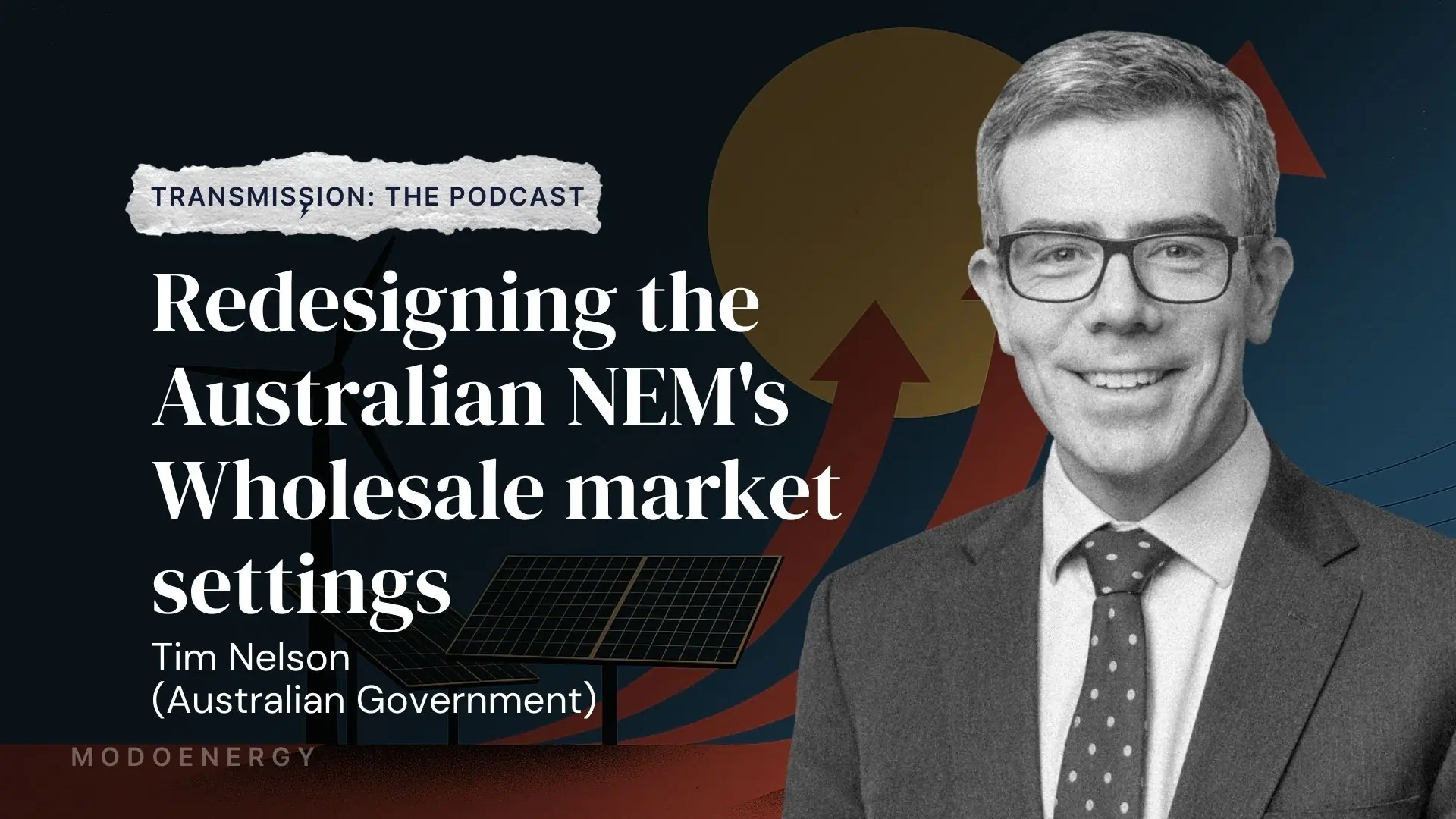In Part One, we looked at what an optimiser is and whether you need one. We finished off by considering how to choose an optimiser. Long story short: the tendering process is vital when choosing the best optimiser for you.
This article is here to help you get the most out of the tendering process. We’ll help you ask the right questions and point out some common pitfalls along the way. We’re going to take a look at:
- Why revenues aren’t a useful differentiator (at the moment).
- What to consider during the tendering process.
Who’s making the most money?
It might be tempting to choose the optimiser who’s made the most money for their clients. After all, that’s the key responsibility of the optimiser! Unfortunately, it isn’t that simple.
For example, consider the rise of Dynamic Containment from October 2020, and its impact on earnings. Figure 1 (below) shows how the GB BESS fleet has earned revenues over the past 18 months.

The primary revenue stream in 2021 has DC, and we’ve seen flat pricing (at £17/MW/h) since October 2020. As such, the majority of (non-EFR) assets are currently securing very similar revenues on a day-to-day basis. The differences in revenues over the long term are driven by three key factors:
- How quickly sites enter new markets.
- Site availability.
- Fixed use of system costs.
Since these factors are largely outside of the optimiser’s control, site revenues don’t give an accurate picture of which optimiser is ‘the best’. With this in mind, be wary of optimisers who claim to be making the most money right now - everyone is a genius in a bull market.
But things are changing. New procurement rules are coming for DC. We are reaching saturation in frequency response markets. Merchant markets are ‘coming of age’. When these changes happen, optimisation complexity will increase. As a result of this, we will see a wider range of revenues for BESS assets.
Questions to ask in the tendering process
Asking the right questions in the tendering process is vital. In the next sections, we cover some useful questions and considerations to discuss with your could-be optimisation partners.
Market access
Most optimisers have all the necessary market access arrangements in place to ensure your asset can participate in the most lucrative markets available. (You can easily check exchange membership for EPEX and Nordpool, as well as Elexon registration status).
While it’s always worth making sure these access arrangements are in place, some other things worth considering include:
- Involvement in any National Grid Electricity System Operator (NG ESO) pathfinders, trials, projects, etc.
Staying up to date with the latest market opportunities provides the flexibility to move into new markets and exploit developing commercial opportunities. For example, in September 2020 the ESO launched the Reserve from Storage (RfS) trial. Optimisers who took part managed to secure handsome revenues, outperforming the fleet average by 55%- see figure 2 (below). Moreover, we can see the benefit of getting into new markets early - the site below entered DC within the first week of launch and earnt almost double the fleet average (+90%).

- What experience does the optimiser have in each market?
With many new optimisers popping up, it is important to know which markets they have historically participated in. The Modo Leaderboard and accompanying market pages are a great place to fact-check an optimiser’s market participation. - What hardware solution is required for site dispatch?
In order for an optimiser to control a site, a hardware installation is often required. It’s worth considering how long installation will take, to understand the impact of site maintenance.
Site operations
Designing and implementing a strategy to maximise revenues is key to the role of an optimiser. But, as we’ve seen above, historical performance isn’t necessarily the best indicator of optimiser quality.
Instead, the following questions can help understand the exact nature of the optimisation:
- How much experience of markets does the optimiser have outside of ancillary services?
Historically, ancillary services have been the dominant strategy for BESS revenues (see figure 3 below). However, market saturation will require diversification into new markets - most likely merchant markets. Understanding performance in these markets (even with different technology types) is a useful indicator of future success.

- How much input from the owner is required in the monetisation strategy? There are many decisions to consider when designing a trading strategy: cycling rates, trading aggression, risk profile. You need to ask: how much involvement should an owner have in these decisions, and how often (and how clearly) are they communicated and reviewed?
- Who decides ancillary service bid prices?
In some markets, optimisers manage the bidding strategy. In others, the owner manages the bidding strategy with guidance from the optimiser. - How does the owner access performance reporting?
Understanding revenues and market activity is a vital part of monitoring an optimiser’s performance. Consider how you access this information (tailored reporting, excel sheets or an online platform), and how frequently this is updated.
Contractual arangements
- What are the fee structures and how do they work?
There are as many different fee structures as there are optimisers. Fees can be based on a percentage of gross or net revenues. Some larger optimisers offer floor prices to minimise downside risk (see our floor prices explainer and figure 4 below for more info). When choosing an optimiser, it’s worth considering how aligned your incentives are, and how they sit with your risk appetite.

- What frameworks are in place for Capacity Market events?
Sites with Capacity Market contracts are obligated to deliver when called upon, during times of system stress. Since the penalty for failing to deliver is so high, the optimiser will often avoid taking on the responsibility for delivery during such an event. Whilst these events are unlikely (we haven’t seen one yet), it’s important to know who is responsible for delivery. - How flexible are contracts?
Shorter contracts give increased flexibility to the owner and allow you to change your optimiser. Longer contracts are often part of floor price agreements and guarantee revenues over a longer period of time. However long the contract, it’s important to understand the trade-off, as well as any exit clauses linked to site performance. - Who will you be working with?
As with any commercial arrangement, the people involved can make or break the situation. Get to know the people you’ll be working with, and make sure they’re a good fit.
Key takeaways
- At the moment, optimiser revenues are fairly consistent across the GB BESS fleet. As such, 2021 performance isn’t the best indicator of optimiser quality.
- A thorough tendering process is vital when selecting an optimiser.
- The questions above are a great starting point for discussion. For further insights into BESS, check out the Modo platform.
If you missed Part One (our introduction to optimisers), you can read it here.







